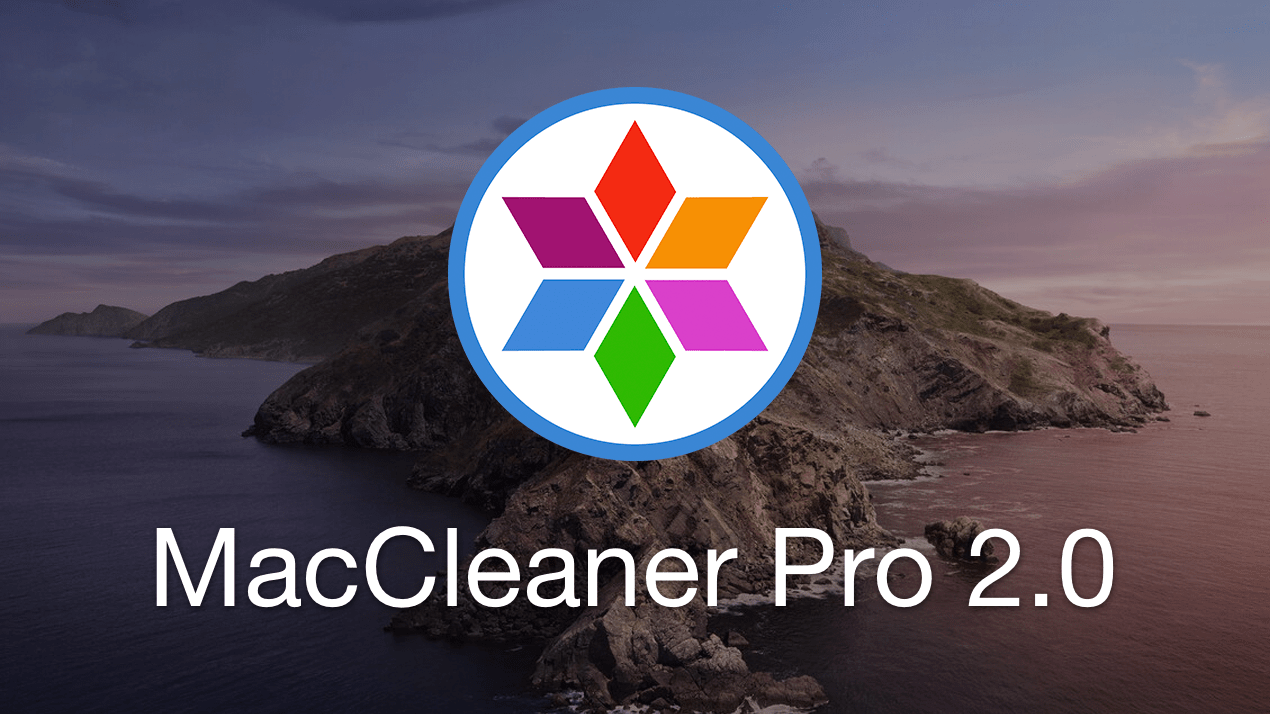

- WHAT IS IBOOSTUP VS MACCLEANER HOW TO
- WHAT IS IBOOSTUP VS MACCLEANER FOR MAC OS
- WHAT IS IBOOSTUP VS MACCLEANER INSTALL
- WHAT IS IBOOSTUP VS MACCLEANER DOWNLOAD


IBoostUp has 4 task sections: Cleaning, Optimization, Security, and System. iBoostUp Premium version that includes all in-app purchases comes at a one-off payment of $21.99.
WHAT IS IBOOSTUP VS MACCLEANER DOWNLOAD
You can download and use iBoostUp Mac optimizer absolutely free of charge, yet specific options are available to review in-app. Moreover, staying on guard of user privacy, the app helps to purge suspicious cookie files. It claims to enhance your Mac’s performance by removing unneeded files, correcting hard disk errors, providing productivity advice and displaying system information. Available for download in Mac AppStore, the application handles Mac maintenance issues fast and easy.
WHAT IS IBOOSTUP VS MACCLEANER FOR MAC OS
IBoostUp is a free tool for Mac OS optimization. The thing is, most of these apps are paid. Mac users have to resort to third-party applications to cope with particular problems. However, some complex situations can’t be sorted out using basic system tools. macOS onboard utilities allow targeted approach to specific optimization issues.

~/Library/LaunchAgents (for a specific user account)./Library/LaunchAgents (for all user accounts).
WHAT IS IBOOSTUP VS MACCLEANER INSTALL
Some of the most common malware, listed by MalwareBytes, that install themselves as launch items are OSX.CookieMiner, OSX.Siggen, OSX.Mokes, and more.Įach user on a Mac has the following LaunchAgents folders: The situation gets worse when a malicious app can launch itself by including a reverse-engineered helper application. To learn more about them, read our guide on LaunchDaemons and Agents and their importance in macOS. They both come under launchd, which is the primary parent process responsible for managing every other processes. Two such processes are: LaunchDaemons and LaunchAgents. Unfortunately, Apple doesn’t expose these hidden components in the macOS interface. They don’t want you to see any app that makes you suspicious so they might hide it instead. If you believe that there’s malware on your system, you can check the login items and remove the unknown app. “Persistence” is a technique by which malware ensures that it’ll get executed by the OS on startup. Whether it’s a malicious browser extension that injects ads into search results or malware that aims to steal you data, the primary goal of any malicious startup item is to run in the background for every macOS session. If you want the app’s window to stay hidden when it launches, click the Hide checkbox next to that app.Ĭatch Malicious Startup Items on Your Mac Select your user account in the list on the left, and click Login Items.Ĭlick the Add ( +) button and, from the Finder dialog box that appears, select the app from the Applications folder and click Add. Open System Preferences > Users & Groups. If you deal with specific apps on a daily basis, you can save yourself a click or two by making sure to run them automatically every time you log in.
WHAT IS IBOOSTUP VS MACCLEANER HOW TO
We’ll show you how to manage startup apps and catch the malicious ones on your Mac below. A startup app can also be malicious, so removing them can be critical for maintaining your Mac’s health. For example, Backblaze, Busycal, and Dropbox install background-only startup apps to perform their essential tasks for those apps.īut having too many login items can increase your Mac's boot time and decrease its performance. These macOS startup apps, often called login items, can be very useful. Every time you turn on your Mac, various apps and services launch automatically in the background.


 0 kommentar(er)
0 kommentar(er)
